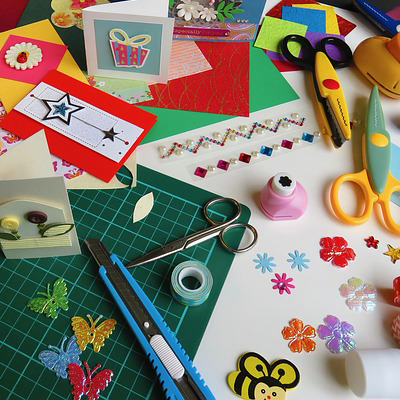Showcase your talents to the world.

Showcase your talents to the world.

 The art of making crafts as an expression of your creative freedom spans a wide range of activities. Craftsmen/craftswomen (as they are traditionally called) can choose to restrict their artistic dexterity to produce handicrafts of leather, textile, wood, etc which in turn gives rise to an assortment of aspects related to crafts making. History portrays craftsmen as a more privileged class over the peasants in the societal ladder and attributes drastic changes to the art form post the Industrial Revolution. Today the art of making crafts is a rarity that is gaining momentum as a hobby in the face of mechanization and mass production of goods.
The art of making crafts as an expression of your creative freedom spans a wide range of activities. Craftsmen/craftswomen (as they are traditionally called) can choose to restrict their artistic dexterity to produce handicrafts of leather, textile, wood, etc which in turn gives rise to an assortment of aspects related to crafts making. History portrays craftsmen as a more privileged class over the peasants in the societal ladder and attributes drastic changes to the art form post the Industrial Revolution. Today the art of making crafts is a rarity that is gaining momentum as a hobby in the face of mechanization and mass production of goods.